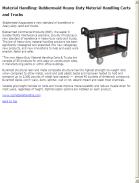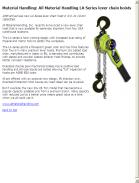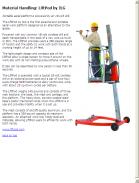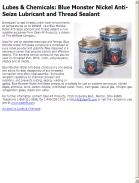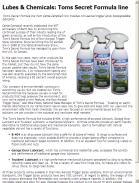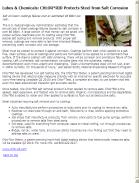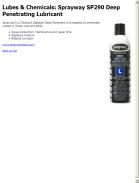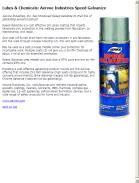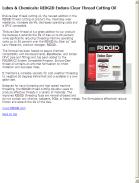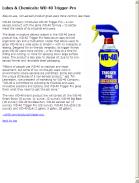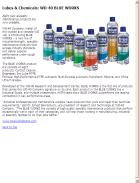Lubes & Chemicals: CHLOR*RID Protects Steel from Salt Corrosion
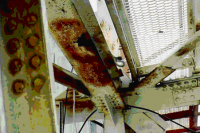 Salt corrosion coatings failures cost an estimated $6 Billion per year.
Salt corrosion coatings failures cost an estimated $6 Billion per year.
The U.S. Federal Highway Administration estimates that the annual cost of steel coatings failures caused by salt corrosion is over $6 billion. A large portion of that money can be saved with proper surface cleanliness prior to coating using Chlor*Rid soluble salt testing and removal products. With proper salt removal, coatings are more able to last their intended lifespan, preventing costly corrosion and rust damage.
Steel must be coated to protect it against corrosion. Coatings perform best when applied to a salt-free, clean surface, since all coatings and paints are formulated to be applied to a contaminant-free surface. If the steel is coated with salts remaining, there will be corrosion and premature failure of the coating. Left unchecked, salt contamination corrodes deep into the substrate, making decontamination even more urgent and challenging. “Clean uncontaminated steel will not rust, even in 100% humidity, for thousands of hours,” said Gerald Stoltz, National Shipbuilding Research Program.
Chlor*Rid has developed two salt testing kits, the Chlor*Ion Meter, a patent-pending hand-held digital testing device that electronically measures chloride with an internal ion specific electrode for accurate worry-free testing (available Q2 2010) and Chlor*Test, a complete and easy to use system that lets even the least experienced inspector get accurate results.
Once tested, the Chlor*Rid salt removal product is then applied to remove salts. Chlor*Rid is the easiest, least expensive, and fastest way to remove salts. Organic, non-hazardous and bio-degradable, Chlor*Rid is added to water and then applied to surfaces to flush out all destructive salts.
Steel industries requiring salt removal prior to coating:
- Auto manufacturers perform procedures to body parts prior to coating to remove any salts.
- Pipelines run steel pipe through an acid bath, followed by a rinse, before applying protective coatings.
- Job shops that manufacture products, from window crank parts to fuel pump springs, perform procedures to remove salts from steel parts.
- Coil steel, used for everything from computer cases to metal roofing, run through procedures to remove salts.
- Bridge, rail car, water tank, and power plants industries are now finding out that they need to address salts on steel.
Chlor*Ion Meter, a patent-pending hand-held digital testing device that electronically measures salts, will be available Q2 2010. For more info, call 800-422-3217.

